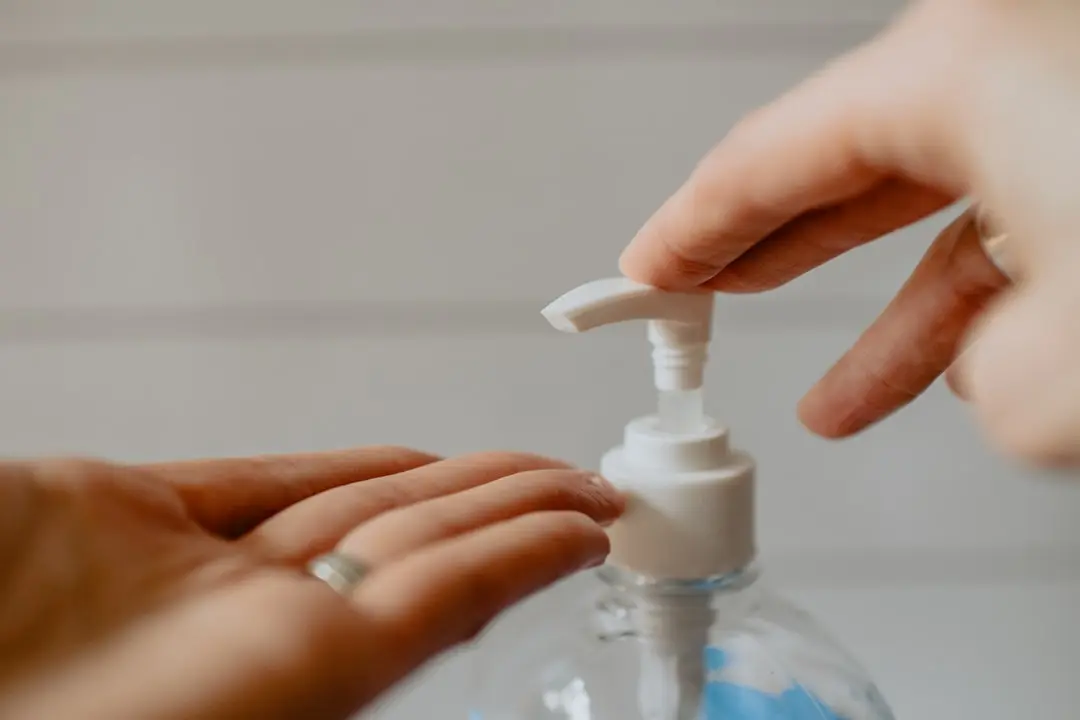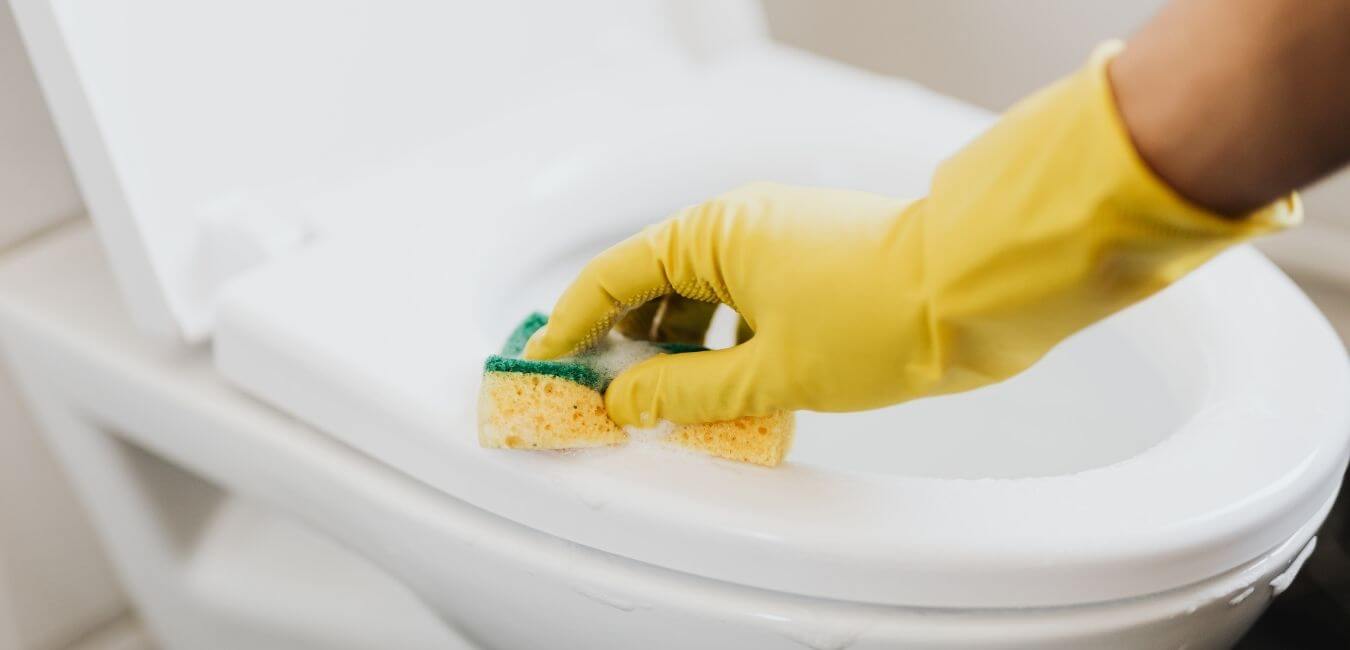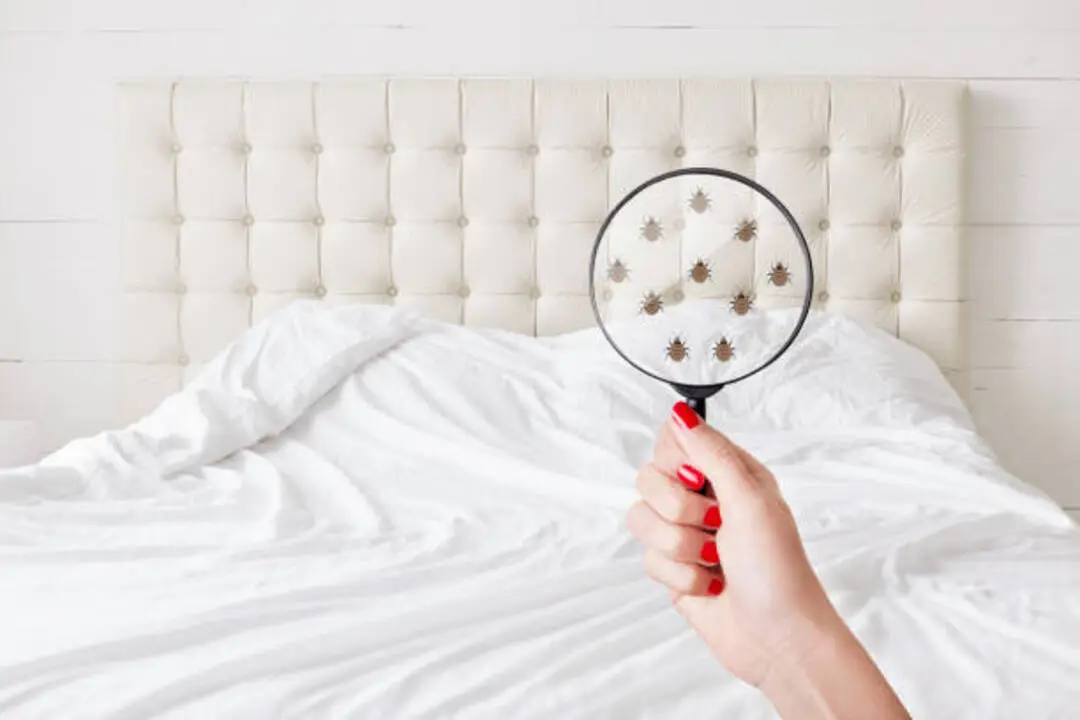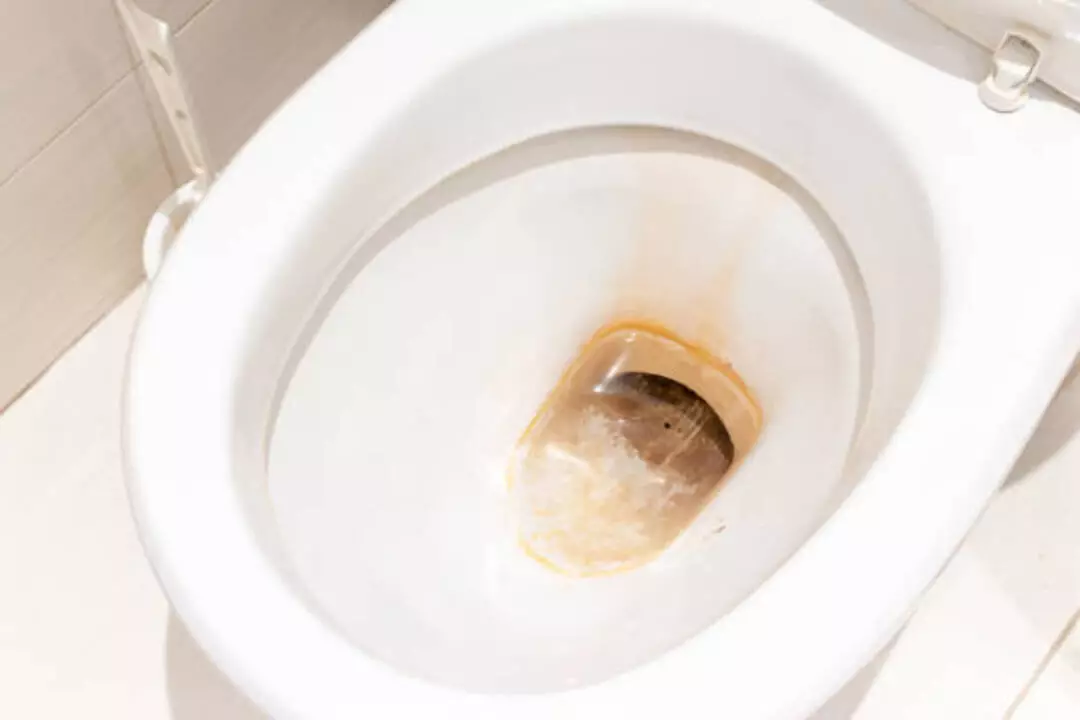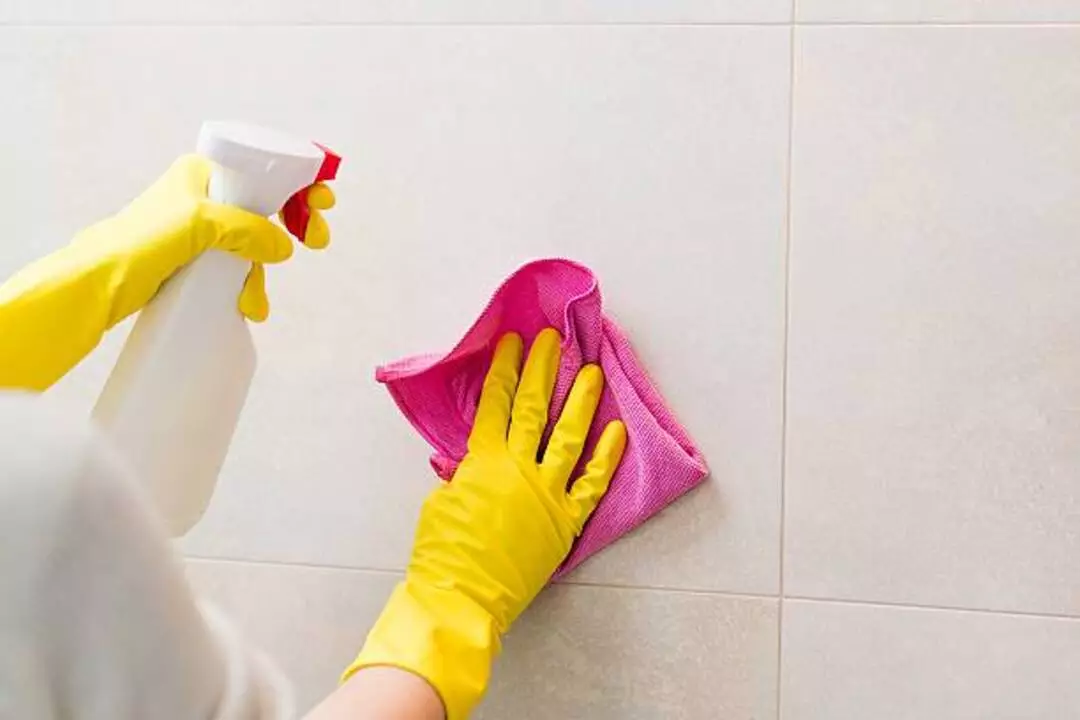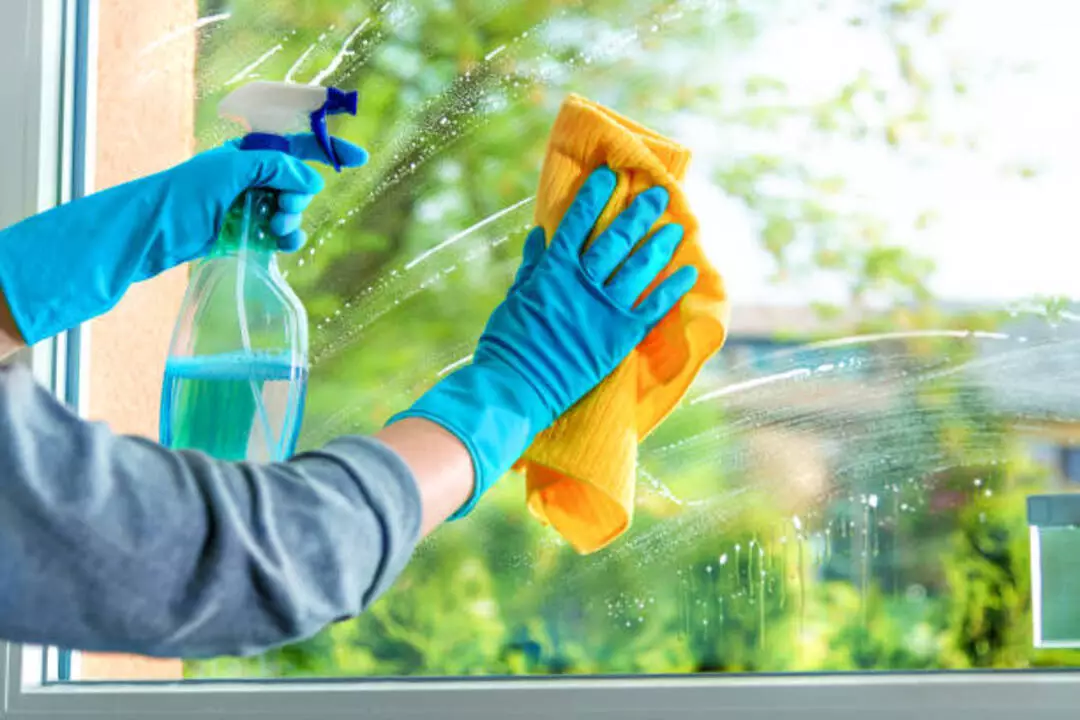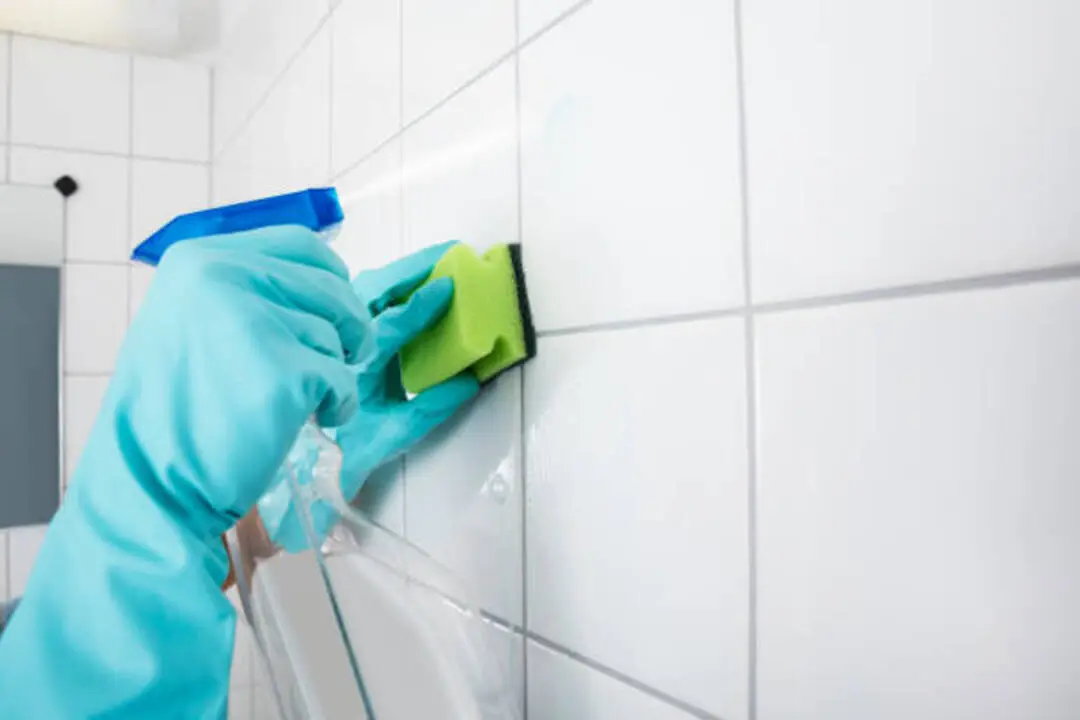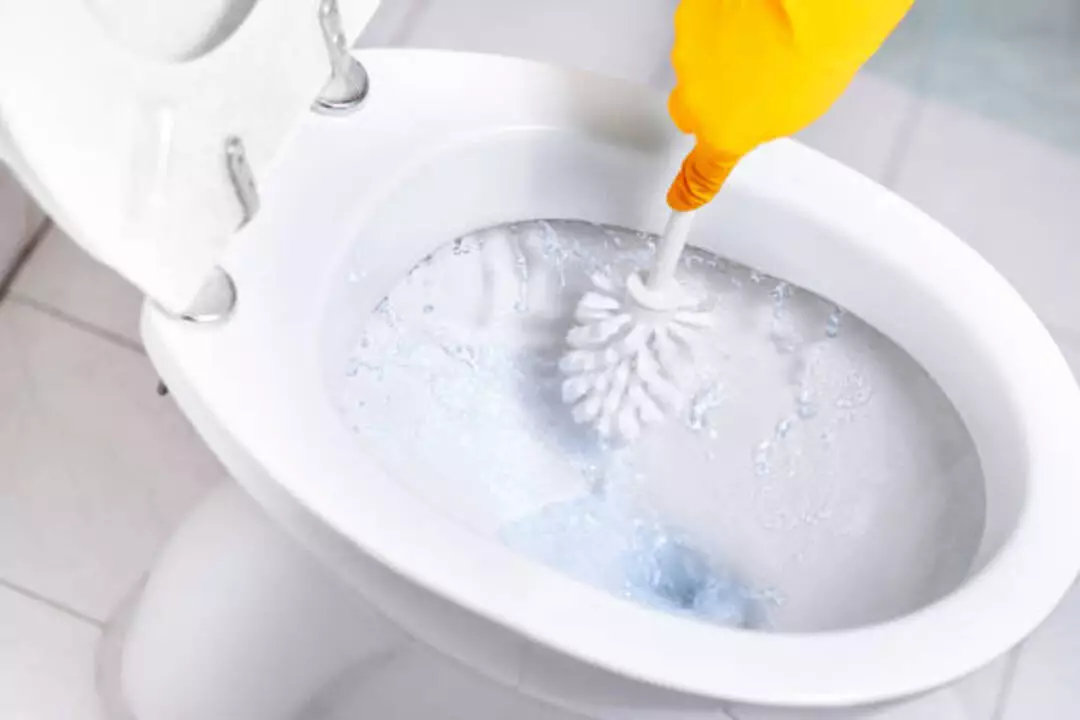Home dust can be more than just a nuisance; it can trigger allergy symptoms and make your living space uncomfortable. In fact, common allergens like dust mites, pet dander, and mold spores often lurk within household dust.
This blog post will guide you through six effective methods to reduce these allergens without spreading them around as you clean. Let’s jump in and explore how to keep your home cleaner, fresher, and, most importantly, dust-free!
KEY INFORMATION
- Dust mites, pet dander, and mold can trigger allergies and make your home uncomfortable.
- To reduce allergens while dusting, clean from top to bottom using a damp cloth and vacuum instead of sweeping.
- Wear a mask to prevent inhaling allergens, avoid scented cleaners, and use a HEPA filter in your vacuum cleaner or air purifier.
- Keep windows closed, reduce clutter in your home, leave the house after cleaning to let the dust settle, and ask for help if needed.
Common Allergens in the Home
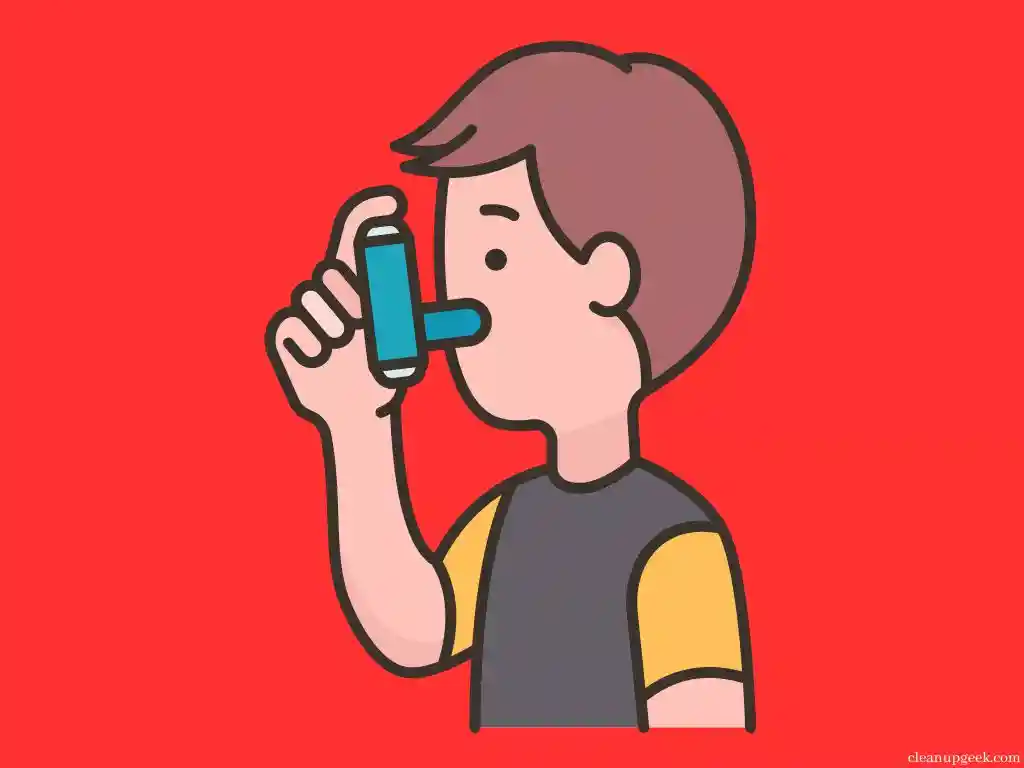
Dust mites, pet dander, and mold are common allergens that can be found in many homes.
Dust mites
Dust mites are tiny bugs found all over homes. They are so small, you can’t see them without a microscope. Yet, they can cause big allergy problems for some people. Dust mites like to live where it is warm and damp.
This makes places like beds perfect for them. They feed on the flakes of skin that we shed every day. The more dust there is in your home, the more food these critters have to eat.
When their bodies break down, they mix with dust and become part of it. If you breathe this in, it may cause an allergic reaction or asthma flare-up.
To keep these pests out of your bed, wash your sheets once a week in hot water. Wipe down hard surfaces often too – this helps remove their food source! Using a vacuum cleaner with a special filter called “HEPA” can also catch dust mites before they spread around the house.
Also, try not to use heavy curtains or thick rugs as these just give dust mites more places to hide.
By being careful about cleaning routines and controlling the items within homes, even those with allergies don’t have to worry about dust mite troubles any longer!
Pet dander
Pet dander is a common allergen that can cause sneezing, coughing, and itchy eyes. To reduce pet dander in your home, try to keep pets out of bedrooms and off furniture. Regularly grooming your pets can also help minimize the amount of dander they produce.
Vacuuming your floors and upholstery often with a vacuum cleaner equipped with a HEPA filter can help remove pet hair and dander from your home. Additionally, washing bedding and blankets regularly in hot water can help eliminate allergens.
By taking these steps, you can create a more allergy-friendly environment for yourself or anyone who has allergies to pet dander.
Mold
Mold can be another common allergen in the home, so it’s important to take steps to prevent its growth. Keep your home dry and well-ventilated to discourage mold from growing. Fix any leaks or water damage promptly and use a dehumidifier if needed.
Regularly clean areas that are prone to moisture, such as bathrooms, with a mixture of vinegar and water or an anti-mold cleaner. If you find mold on surfaces like walls or ceilings, it’s important to have it professionally removed to avoid spreading spores and causing further health issues.
Best Practices for Dusting with Allergies
Clean from top to bottom, using a damp cloth and vacuuming instead of sweeping to prevent allergen dispersion.
1. Clean from top to bottom
Start by cleaning the highest surfaces in your home, like ceiling fans and shelves, and work your way down to the lower areas. This prevents dust from settling on already-cleaned surfaces.
Use a damp cloth or microfiber duster to trap dust instead of just spreading it around. Vacuuming with a HEPA filter is also effective for removing allergens from floors and upholstery.
By cleaning from top to bottom, you’ll effectively reduce allergens in your home and create a cleaner environment for everyone.
2. Wear a mask
When dusting to reduce allergens in your home, it is important to wear a mask. Wearing a mask can help prevent you from inhaling airborne allergens such as dust mites, pet dander, and pollen.
By creating a barrier between your respiratory system and these allergens, wearing a mask can significantly reduce the risk of triggering allergies or asthma symptoms while cleaning.
Make sure to choose a mask that is specifically designed to filter out particles like dust and allergens. It is also essential to ensure that the mask fits snugly over your nose and mouth for maximum protection.
3. Avoid scented cleaners
Avoid using scented cleaners when dusting your home to reduce the risk of triggering allergies. Scented cleaners often contain chemicals that can irritate the respiratory system and worsen allergy symptoms.
Opt for unscented or fragrance-free cleaning products instead, as they are less likely to cause allergic reactions. By avoiding scented cleaners, you can keep your home clean without spreading allergens and maintain a healthier indoor environment.
4. Use a damp cloth
To effectively dust without spreading allergens, using a damp cloth is key. A dry cloth can kick up dust and send allergens into the air, but a damp cloth will help trap the dust particles and keep them from circulating.
Simply wet the cloth with water or use a non-toxic cleaning solution for added cleaning power. Gently wipe surfaces to pick up the dust and remove it from your home. Remember to rinse out the cloth regularly to prevent re-distributing any trapped allergens back onto surfaces.
By using a damp cloth, you can successfully clean without stirring up allergy-triggering dust in your home.
5. Vacuum instead of sweeping
To reduce allergens in your home, it’s best to vacuum instead of sweeping. When you sweep, dust and allergens can easily get stirred up into the air and spread around. This can trigger allergies and make breathing difficult for those with sensitivities.
Vacuuming, on the other hand, helps to capture dust and allergens more effectively, preventing them from becoming airborne. Be sure to use a vacuum cleaner that has a HEPA filter to trap even particles like pet dander and pollen.
By vacuuming regularly, you’ll keep your home cleaner and create a healthier environment for everyone.
6. Use a HEPA filter
To further reduce allergens in your home, consider using a HEPA filter. HEPA stands for High-Efficiency Particulate Air, and these filters are designed to trap ultrafine particles like dust mites, pollen, and pet dander.
By using a vacuum cleaner or air purifier with a HEPA filter, you can effectively remove these allergens from the air and surfaces in your home. This is especially important if you have allergies or asthma as it helps create better indoor air quality.
Regularly clean or replace the HEPA filter according to the manufacturer’s instructions to maintain its effectiveness in reducing allergens.
Other Ways to Reduce Allergens at Home
Watch this tutorial
Title: Reduce Indoor Allergens and Asthma Triggers in Your Home
BY: AAFA National
Besides dusting, there are several other ways you can reduce allergens at home. Keep reading to discover these simple yet effective methods for maintaining an allergy-free environment in your home.
1. Keep windows closed
To reduce allergens in your home, it’s important to keep your windows closed. This helps prevent outdoor pollen and dust from entering your living space. By keeping the windows shut, you can create a barrier against allergens and improve the indoor air quality.
Remember to also clean and replace filters regularly to ensure that your home remains as allergen-free as possible.
2. Reduce clutter
To reduce allergens in your home, it’s important to keep the environment uncluttered. Clutter can accumulate dust and make it harder to clean properly. By organizing and decluttering your space, you can minimize the surfaces where allergens can hide.
Regularly remove unnecessary items from your living areas and bedrooms, making sure to store belongings in designated bins or closets. This will not only help in reducing dust buildup but also provide easier access to surfaces for cleaning purposes.
By keeping a clutter-free home, you’ll create a healthier environment with fewer hiding spots for allergens like dust mites and pet dander, helping you breathe easier.
3. Leave the house after cleaning
After cleaning your home, it’s a good idea to leave the house for a while. This helps to minimize exposure to any residual allergens that may have been stirred up during the cleaning process.
When you clean, dust particles and other allergens can become airborne and settle on surfaces again. By stepping outside for a bit, you give these particles time to settle back down before you breathe them in.
So, take a break after your cleaning session and let the air in your home clear out. It’ll help keep those pesky allergens at bay and make your home environment much more allergy-friendly.
4. Ask for help
If you’re feeling overwhelmed with the task of reducing allergens in your home, don’t hesitate to ask for help. Enlist the assistance of family members or roommates to share the cleaning responsibilities.
Dividing up tasks can make the process more manageable and less time-consuming. Additionally, consider hiring professional cleaners who specialize in allergy-friendly cleaning methods.
They have expertise in effectively reducing allergens and can provide a thorough deep cleaning of your home. By asking for help, you’ll be able to tackle allergen control with less stress and achieve a cleaner, allergy-free living environment.
Allergy-Proofing Your Home

To allergy-proof your home, make sure to use a dust mask when cleaning, prohibit smoking indoors, invest in a HEPA filter for better air quality, and regularly clean and replace filters.
Use a dust mask
To protect yourself from allergens while dusting, it’s important to use a dust mask. Dust masks create a barrier between your nose and mouth and the particles in the air that can trigger allergies.
They are especially helpful if you have respiratory conditions like asthma or hay fever. Make sure to choose a mask that is specifically designed for filtering out small particles, such as an N95 respirator mask.
This will help prevent allergens from entering your respiratory system while you clean. So remember, when dusting to reduce allergens in your home, always wear a dust mask to keep yourself safe and allergy-free.
Don’t allow smoking indoors
To keep your home allergy-free, it’s important to not allow smoking indoors. Cigarette smoke contains many harmful chemicals and allergens that can linger in the air and on surfaces, triggering allergies and asthma symptoms.
Secondhand smoke can also worsen existing respiratory conditions and increase the risk of developing allergies or asthma in children. To maintain a clean indoor environment, create a designated outdoor smoking area away from windows and entrances.
This will help minimize the spread of smoke and reduce the presence of allergens in your home.
Invest in a HEPA filter
One effective method to reduce allergens in your home is to invest in a HEPA filter. HEPA stands for High-Efficiency Particulate Air, and these filters are designed to trap tiny particles like dust, pollen, pet dander, and mold spores.
By using a HEPA filter in your vacuum cleaner or air purifier, you can greatly improve the air quality in your home and minimize allergens that can trigger allergy symptoms. These filters are especially beneficial for people with allergies or asthma.
Regularly cleaning and replacing the filters is important to ensure their effectiveness. With a HEPA filter, you can breathe easier and enjoy an allergy-free environment at home.
Regularly clean and replace filters
To keep your home allergy-free, it’s important to regularly clean and replace filters. Filters in your HVAC system, air purifiers, and vacuum cleaners can collect dust, pollen, pet dander, and other allergens.
If these filters are not cleaned or replaced regularly, they can become clogged with allergens and spread them back into the air. By keeping your filters clean and replacing them as recommended by the manufacturer, you can ensure that the air in your home remains clean and free from allergens.
This simple task can make a big difference in reducing allergy symptoms and improving indoor air quality. So don’t forget to include filter cleaning and replacement as part of your regular cleaning routine!
Conclusion and final thoughts
In conclusion, by following these six effective methods, you can keep your home allergy-free while dusting. Clean from top to bottom, wear a mask, use a damp cloth, vacuum instead of sweeping, avoid scented cleaners, and use a HEPA filter.
These simple steps will help reduce allergens and create a healthier environment for you and your family.
FAQs

1. What are some tips to dust without spreading allergens at home?
Bed and bedding, curtains, and blinds should be cleaned often with allergy-proof methods. Use sprays or a machine designed to remove allergens from homes.
2. How can I prevent allergies in a natural way while cleaning?
Keep a regular cleaning schedule, especially during spring cleaning season. Minimize bathroom moisture and use dusting techniques that don’t trigger allergies.
3. How can proper dusting help with controlling indoor allergens?
Effective home cleaning stops the spread of dust and reduces indoor allergens for better air quality in your home.
4. Does an allergy-friendly routine add an extra task to my day-to-day life?
No! Simply change how you clean your home by preventing allergen dispersion when you’re carrying out standard chores like reducing allergens whilst spring cleaning.
5. Is there a guide on getting rid of dust at home without making the problem worse?
Yes, there are easy steps to follow that will help minimize spreading allergens during normal housework tasks as part of complete guides available online showing how simple ways can effectively reduce allergens in your household.
